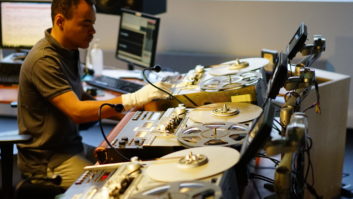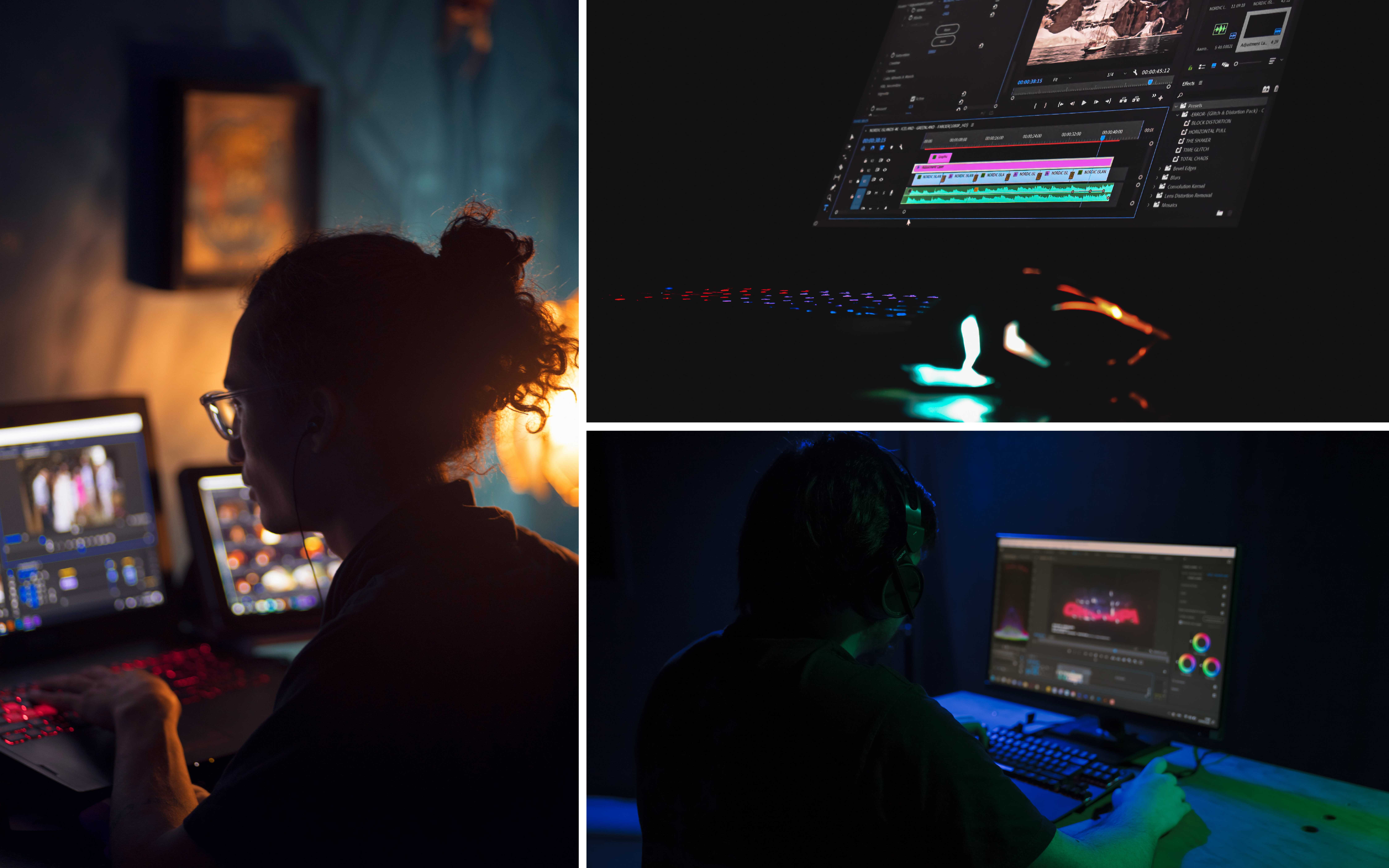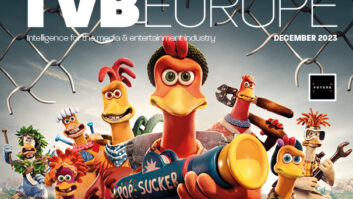Rob Legato the visual effects supervisor for Martin Scorsese’s Hugo Cabret says the director is using 3D in way that hasn’t been seen before, writes Adrian Pennington. He believes Scorsese’s film, which is shooting in London for release in 2012, may be the first example of a stereo 3D feature that elevates 3D to an artform.
Legato, who was VFX supervisor for Scorsese on Aviator and Shutter Island and also for James Cameron on Titanic says the way Scorsese has employed 3D for his first 3D project, Hugo Cabret, is in a nuanced manner that not everyone will understand.
“Scorsese is altering the use of 3D so that instead of a being an obvious, in your face visual effect the viewer is experiencing a sensation of depth,” said Legato.
“Sometimes that sensation replaces dialogue. You don’t necessarily need to describe a scene in words if you can feel it, and if you can feel it it’s usually a more powerful moment than anything else.”
Legato can take some credit for this aesthetic approach. It was his innovation of putting motion camera markers onto a camera in order to film a VFX crash sequence in Aviator that led him to devise a method of bringing pre-visualisation and post production into the hands of the director live on set.
Dubbed virtual cinematography, the system that Legato devised was adopted by Cameron to shoot Avatar and by Scorsese on Hugo Cabret.
“With CG intensive films, and especially ones using motion capture, I found that the director’s vision was too far removed from what they actually wanted because their decisions ended up being interpreted by dozens of other people down the chain and away from the set,” explained Legato. “I wanted to put that feedback loop into the hands of the director. It is an analogue process in which the director’s instinct is allowed to lead the creative process and not get lost in post production.
“What was missing was a director with a viewfinder who was able to visualise a scene in real time and see live action, motion capture, CG plates and animation with the ability to move the virtual camera in any direction and make a creative decision in the moment rather than be forced down a creative cul de sac.
“All I know from my experience of 3D is that the director needs to see it, feel it master and embrace it live and on set in order for them to stamp their personality on it. That’s what makes the difference between a Cameron movie or one made by Spielberg or Scorsese. It’s about using a set of tools that takes filmmakers to the next level of movie making. In that sense it is akin to the way sound altered the very sophisticated artform of silent filmmaking and the way colour was introduced to be a gimmick but then it became an artform.
“3D is no different. Maybe moviemakers that don’t know how to use it need to take a couple of steps back just to take a step forward. I hope I am correct and that when you see Hugo Cabret you will someone using 3D to enhance storytelling of the movie.”
Legato said that Scorsese had blown up a 30 minute edit of a section of the film to preview what it looked like on the big screen.
“We also did a 2D translation onto film and when I saw the 2D version, I felt it was missing something – an emotion that the 3D had actually helped put in.”







